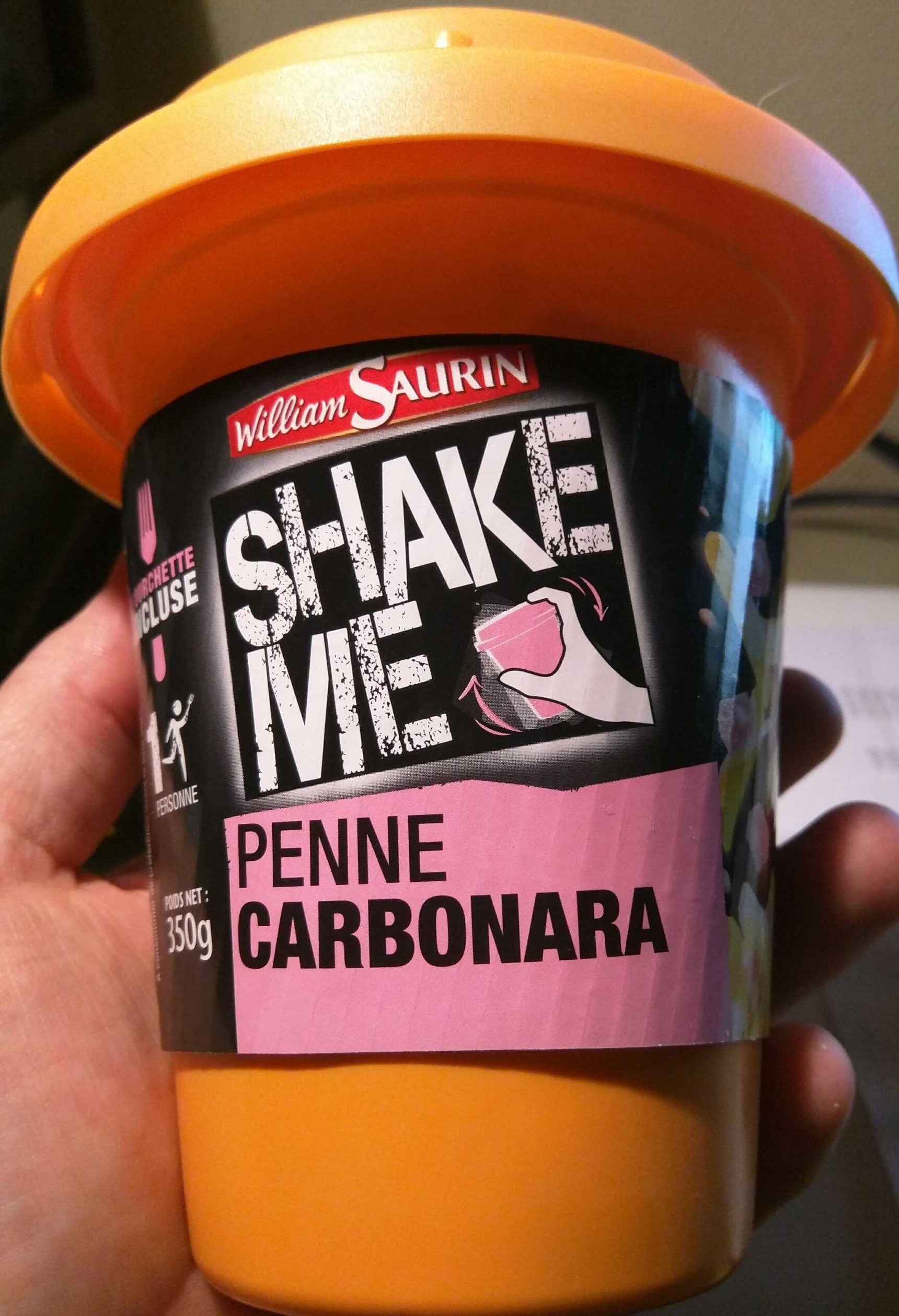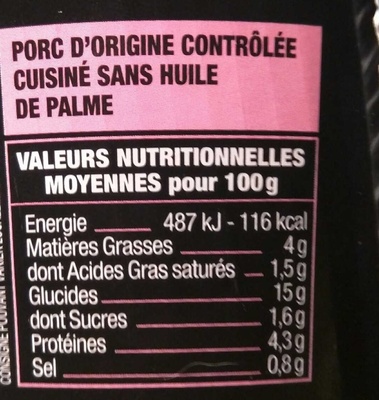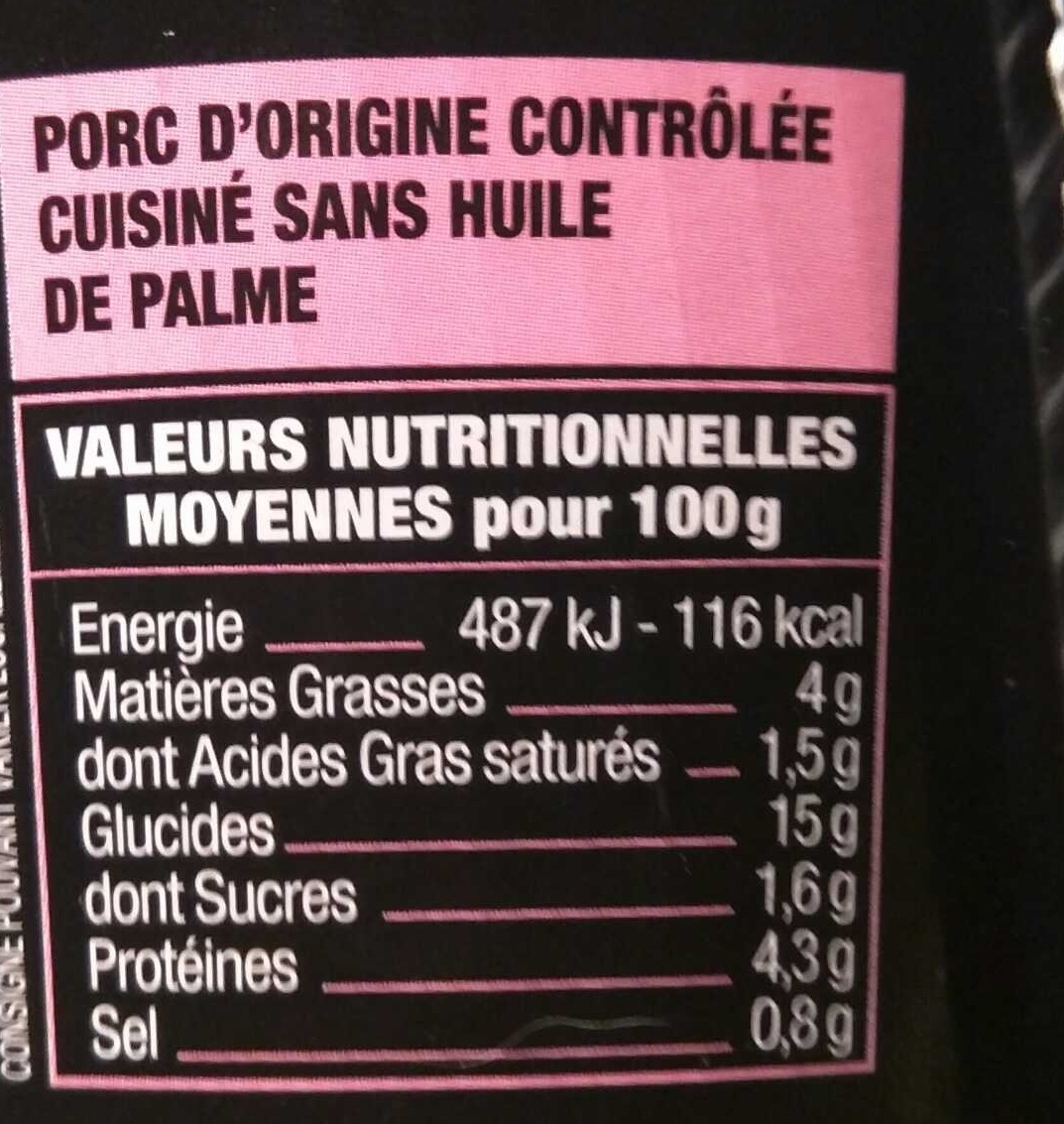Shake Me Penne Carbonara - William Saurin - 350g
Important note: this product is no longer sold. The data is kept for reference only. This product does not appear in regular searches and is not taken into account for statistics.
Barcode: 3261055935915 (EAN / EAN-13)
Common name: Pâtes à la sauce carbonara
Quantity: 350g
Brands: William Saurin
Categories: Meals, Pasta dishes, Instant pasta
Labels, certifications, awards: Palm-oil-free
Traceability code: FR 12.202.001 CE - Rodez (Aveyron, France)
Stores: Carrefour
Countries where sold: France










